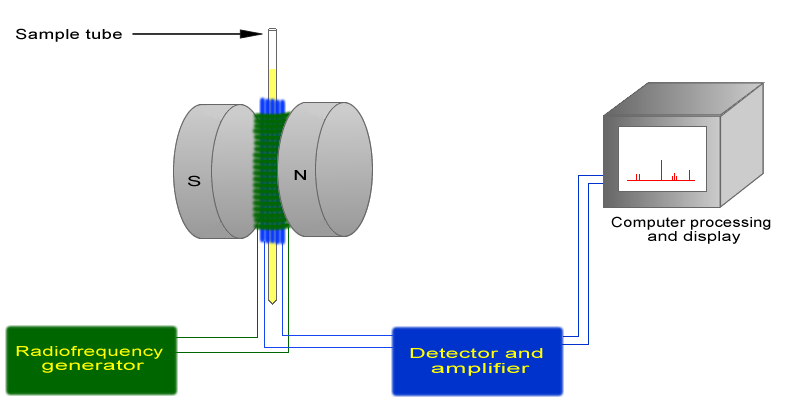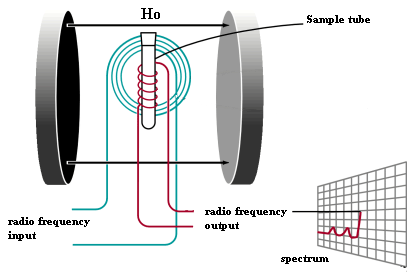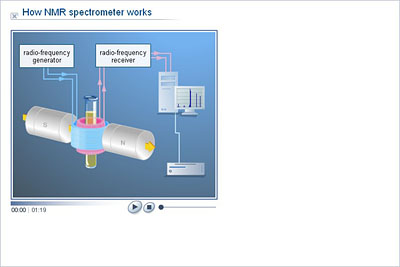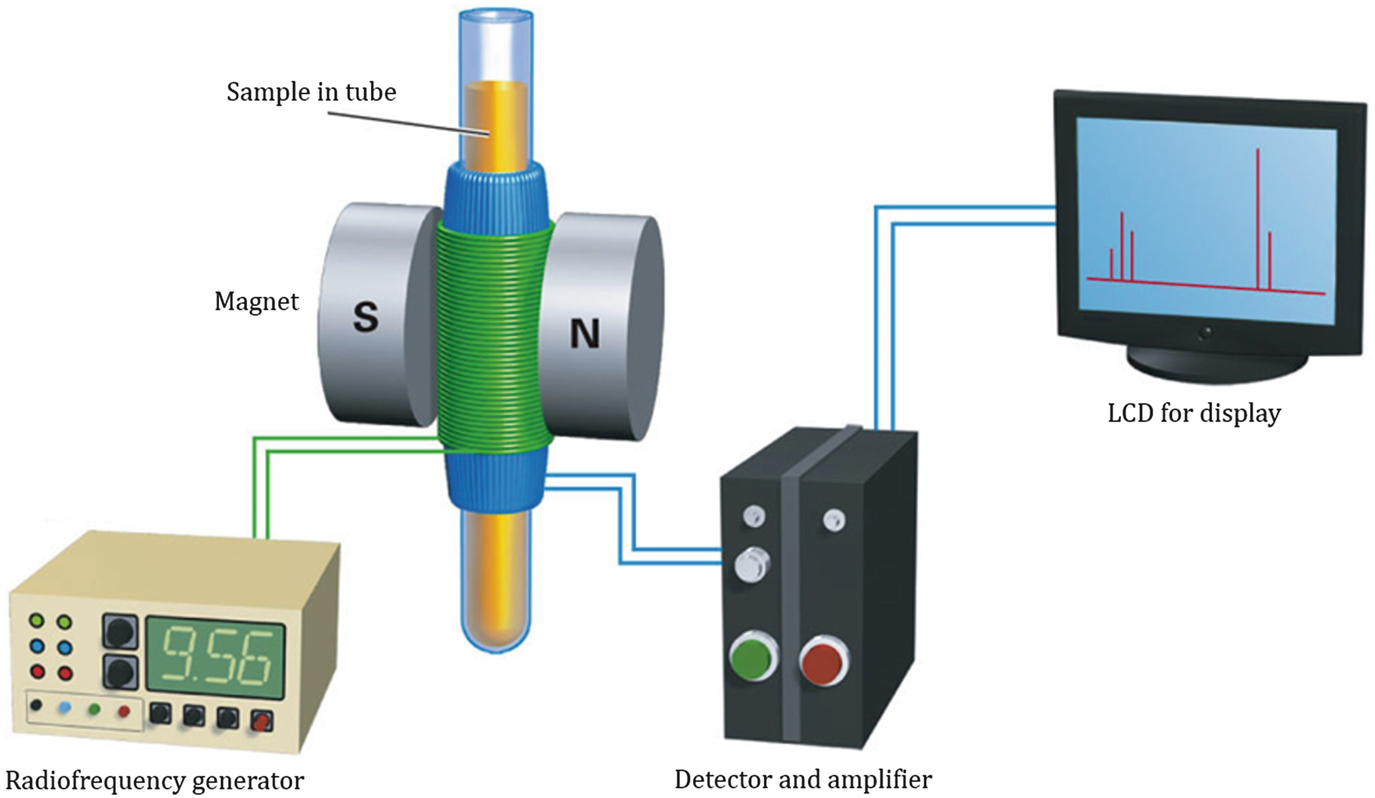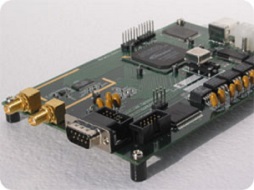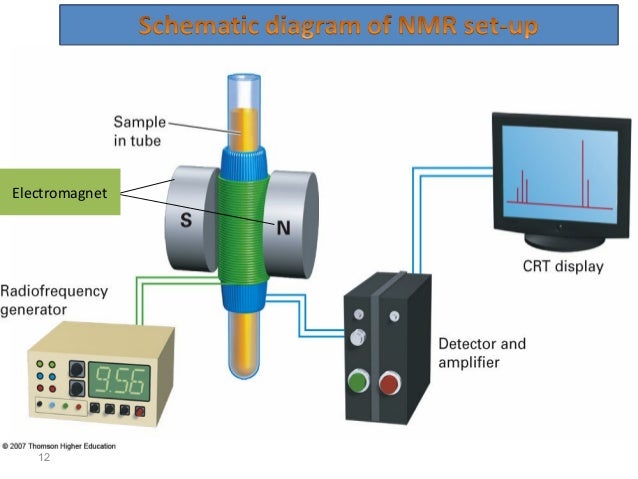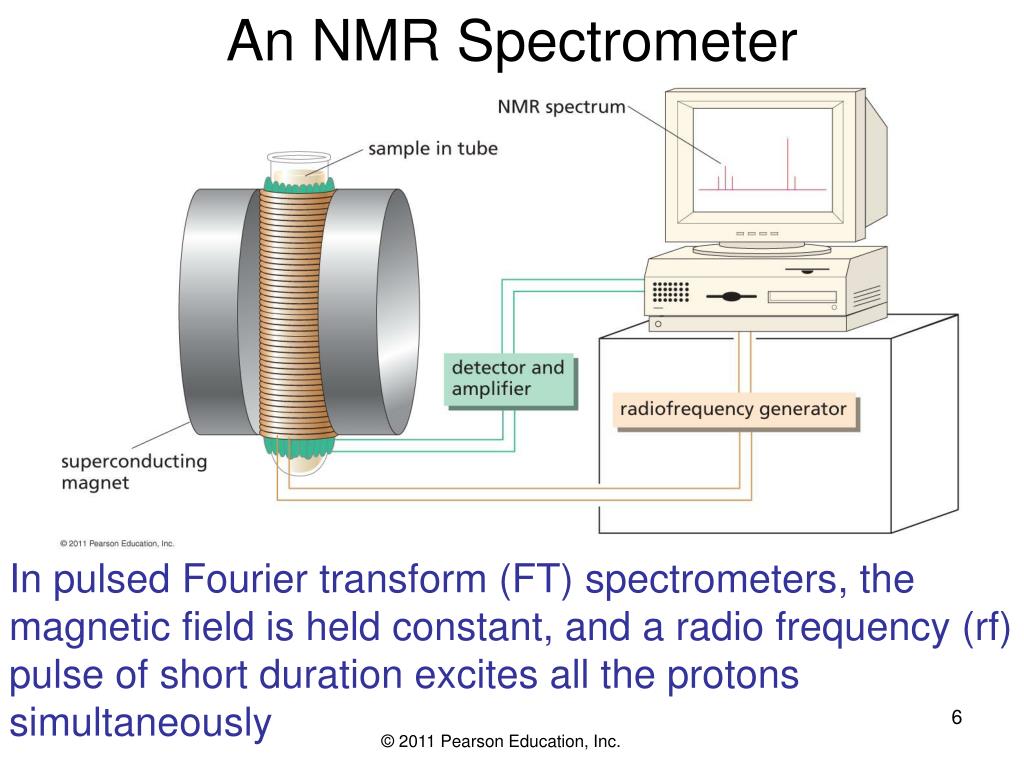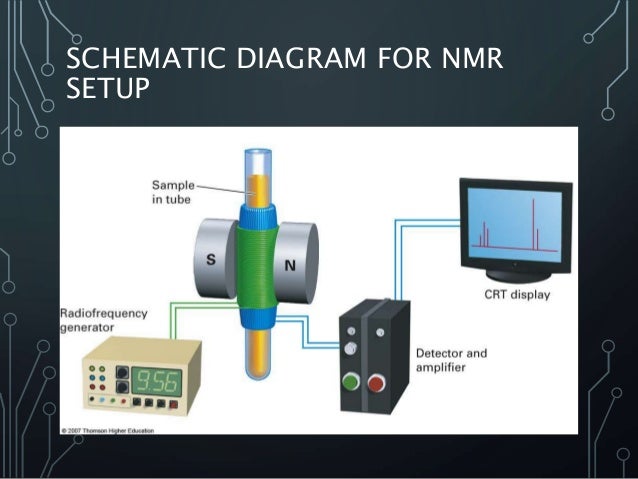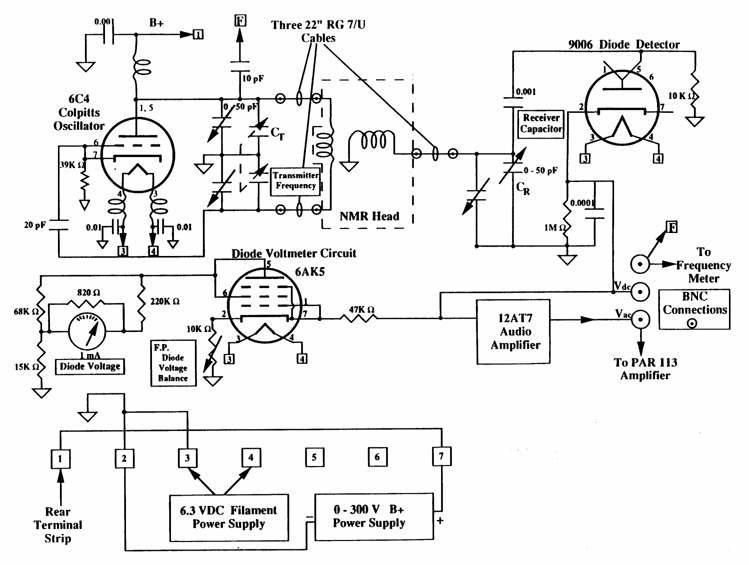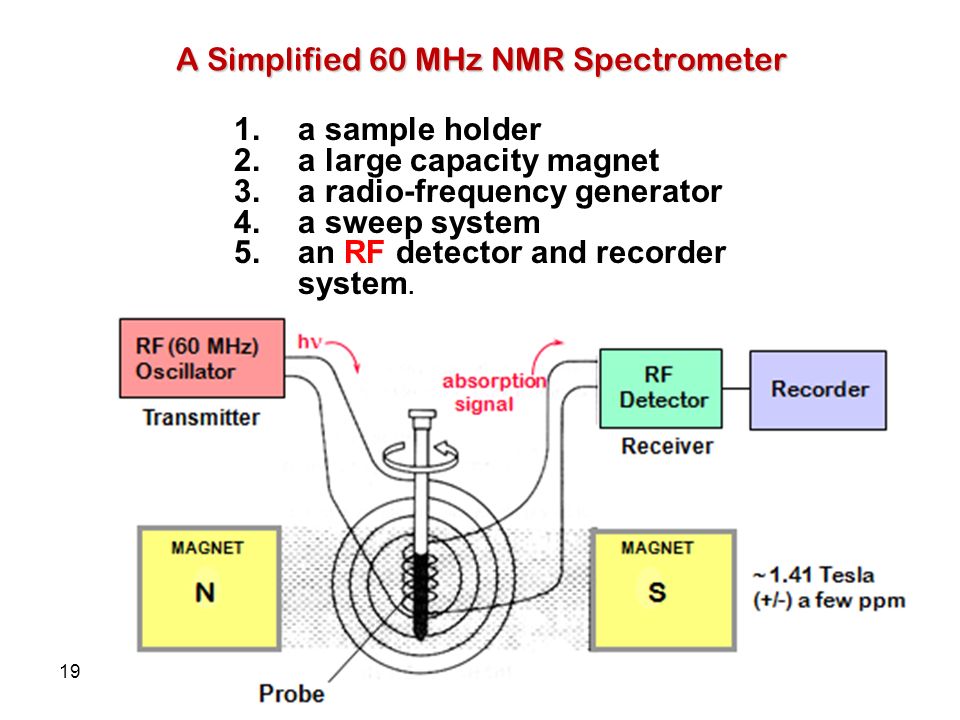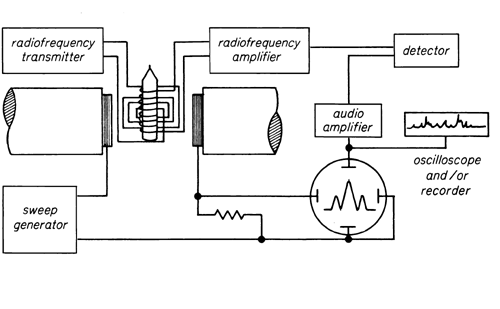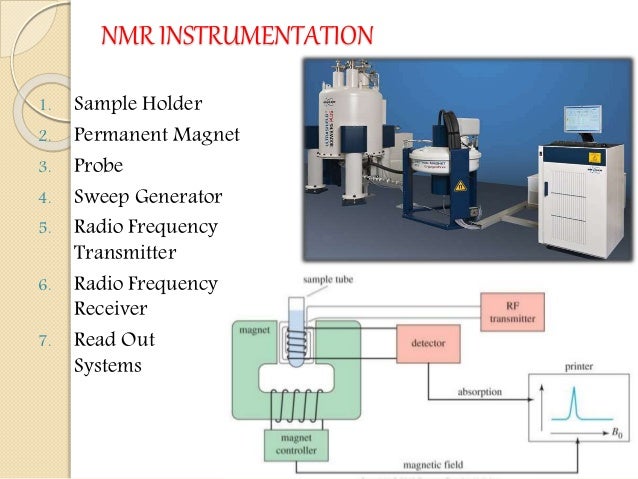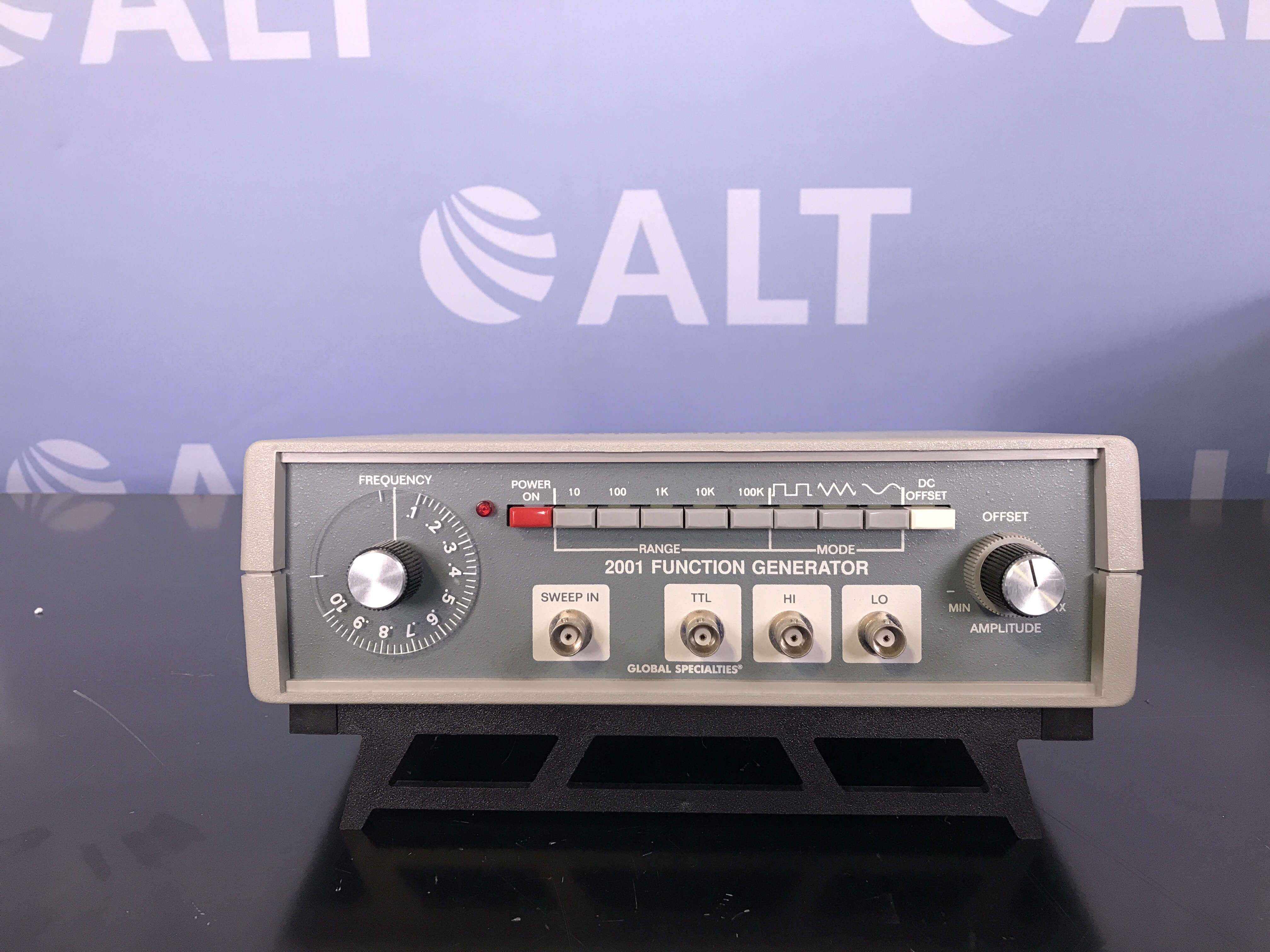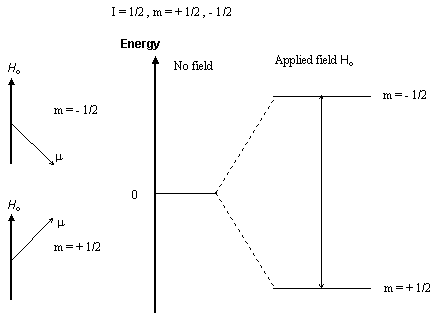Radio Frequency Generator In Nmr

The radio frequency power amplifier rfpa can analogously be thoughtof as the heart of an nmr spectrometer or mri scanner.
Radio frequency generator in nmr. Nuclear magnetic resonance nmr selective absorption of very high frequency radio waves by certain atomic nuclei that are subjected to an appropriately strong stationary magnetic field this phenomenon was first observed in 1946 by the physicists felix bloch and edward m. Nuclear magnetic resonance nmr is a spectroscopy technique which is based on the transition of electromagnetic radiations in a radio frequency region 4 to 900 mhz by nuclei of atoms in the presence of magnetic field. To provide uniform magnetic exposure to the sample the cell is rotated at a speed of 30 revolutions per second. Attached computer etc as well of course as a way of getting the sample being analysed into the spectrometer.
Radio frequency power amplifiers rfpas are a vital sub system of any nmr spectrometer or mri scanner. Bloch and purcell were jointly awarded the 1952 nobel prize in physics for their research of nuclear magnetic resonance spectroscopy. Nuclear magnetic resonance spectroscopy most commonly known as nmr spectroscopy or magnetic resonance spectroscopy mrs is a spectroscopic technique to observe local magnetic fields around atomic nuclei the sample is placed in a magnetic field and the nmr signal is produced by excitation of the nuclei sample with radio waves into nuclear magnetic resonance which is detected with sensitive. The basic arrangement of an nmr spectrometer is displayed below.
Nuclear magnetic resonance nmr spectroscopy is a crucial analytical tool for organic chemists. For mri a time varying radiofrequency rf field commonly referred to as b1 must be first transmitted into the spin system near the larmor frequency in addition to having specific frequency the b1 field must also be applied perpendicular to the main magnetic field bo the b1 field is produced by driving electrical currents through specialized rf transmit coils. A sample in a small glass tube is placed between the poles of a strong magnetic. The basic arrangement of an nmr spectrometer is displayed below.
This is used to apply radio frequency radiation to the sample it can apply a frequency of 60 90 100 220 300. Essentials components of an nmr spectrometer are a powerful magnet a radio frequency generator and a radio frequency detector. A sample in a small glass tube is placed between the poles of a strong magnetic. Nuclei in which at least one proton or one neutron is unpaired act like tiny magnets.
Nuclear magnetic resonance spectroscopy. A radio frequency generator pulses the sample and excites the nuclei causing a spin flip. In this radio frequency radiations are used to induce transitions between different nuclear spin states of samples in a. Purcell independently of each other.
Set pulse generator to have a pulse width of 1 msec and. It is of 25 cm long and 5mm in diameter. This a test tube like glass apparatus placed in the sample cavity. The spin flip is detected by the detector and the signal sent to a computer where it is processed.


